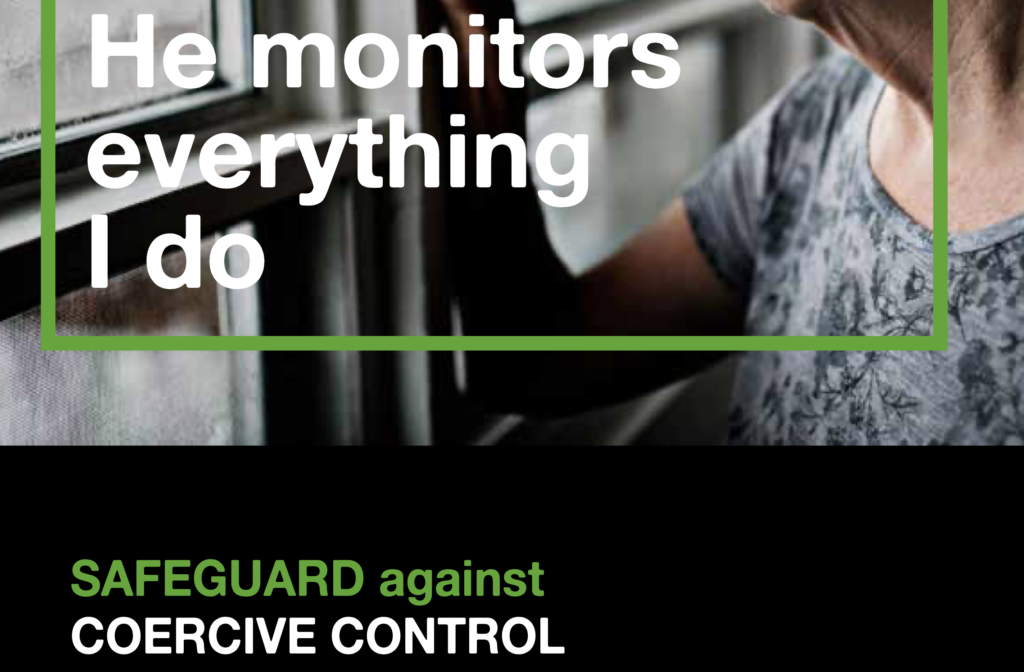When is a crime not a crime? When the victim is not in an ‘intimate relationship’ with their abuser.
In Ireland, coercive control became a criminal offence in 2019 with the enactment of The Domestic Violence Act 2018. For those working with victims of this insidious, debilitating, and manipulative form of abuse, this was a very welcome development.
However, the definition of ‘a relevant person’ in Section 39(4) of the Act remains too limited. It requires that the perpetrator and the victim are/were in the past, in an ‘intimate partner’ relationship.
As understanding of coercive control has grown, those working with victims / adults at risk of abuse, have come to recognize the sometimes malign influence of third parties as patterned, deliberate, and deeply coercive. The abuser’s actions are designed to undermine, isolate, and disempower. To make the victim question their capability and their own agency. Victims can be led to believe that the abuse they experience is ‘normal’, or even ‘for their own good’.
Often the abuser is/has been, in an intimate partner relationship with the victim but the experience of organisations such as Safeguarding Ireland, Sage Advocacy and others clearly shows that the abuser can be a member of the extended family; a sibling, a niece, a nephew, or a so-called ‘friend’.
Regardless of the relationship between the abuser and the victim, the patterns of coercive control are similar and can include:
- Detaining the victim in their home and / or denying them the basics of daily living (food, electricity, heat)
- Restricting the victim’s movements
- Preventing contact with family or friends / taking away the victim’s phone
- Excessive contact / monitoring via the phone, email or social media – ‘digital coercive control’
- Controlling the victim’s money or medical care, sometimes resulting in financial abuse, theft, or neglect
- Imposing ‘rules’ resulting in serious psychological harm
- Making decisions on the victim’s behalf to undermine them
- Ongoing undermining of the victim’s independence to the extent that they become totally reliant on their abuser.
Violence / the threat of violence, as well as the threat of further isolation or removal of needed caring supports or, in the case of an older person, the threat that they will be ‘put in a home’, serve to reinforce the destructive effects of coercive control. Leaving the victim feeling that they are powerless to act, there is no one they can trust, and nowhere to turn to for help.
When the abuser is a relative / friend there is deep hurt, as well as a sense that the victim may share some responsibility by ‘letting it happen’ to them.
The classification of coercive control as a crime under The Domestic Violence Act 2018 was of huge importance as it offered a real prospect of safeguarding adults at risk from a very serious form of abuse previously interpreted by some as ‘low level’, or even ‘normal’.
Safeguarding Ireland’s experience shows that coercive control is not confined to intimate partner relationships. In recognition of the very serious nature of the harms caused and to safeguard adults at risk, the law must be broadened to protect ALL potential victims.
The message from Safeguarding Ireland is to – ‘Call out Abuse’ and report it. Use this link to find out where to report.
Safeguarding Ireland is calling for the establishment of a new independent Adult Safeguarding Authority to reduce adult abuse. For more on coercive control and adult safeguarding, including case studies, see Safeguarding Ireland’s Report – Identifying Risks Sharing Responsibilities.
Final out more about COERCIVE CONTROL in this information booklet.



